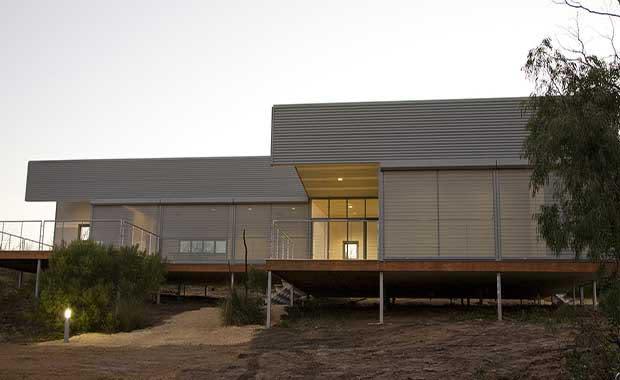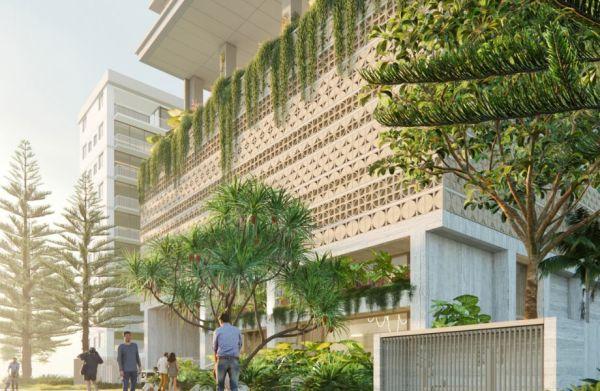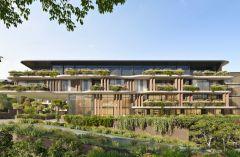Categories
Location
The Urban Developer is Australia's largest, most engaged and
fastest growing community of property and urban development
professionals.
Our mission is to connect, inform and inspire the industry by being the leading source of news, information, events, education and products.
Our vision is to grow a global network of people and businesses that are contributing to the development of smart and sustainable cities around the world.
In doing so, we believe we will empower our community to make better decisions that will result in better outcomes for the built environment.
Categories
Location
About






